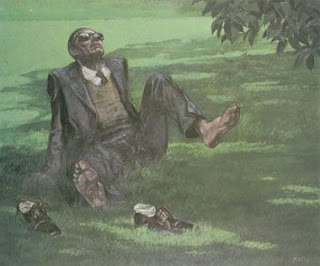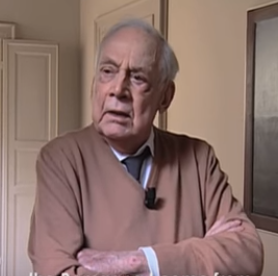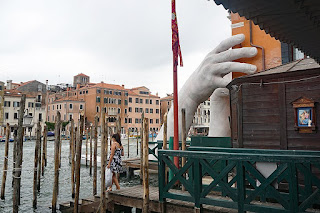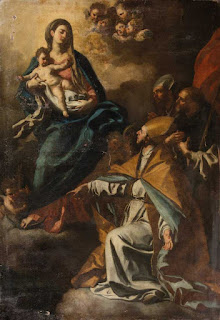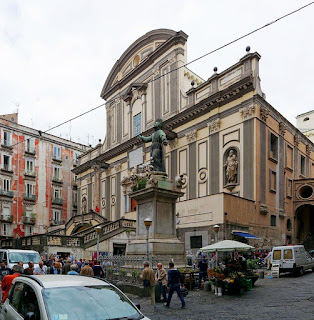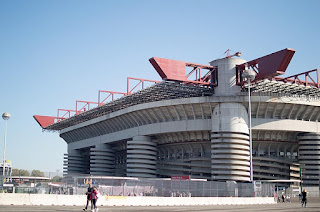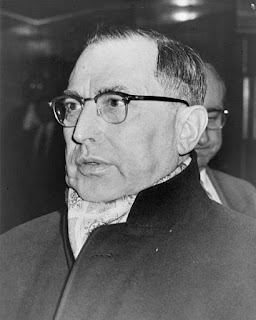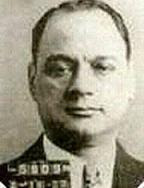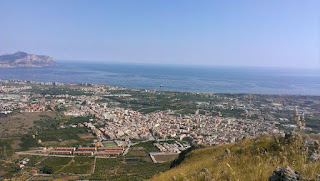YouTube recipe blog led to TV fame in US
 |
| Gabriele Corcos and his wife, the actress Debi Mazar, in a scene from their TV show |
He was invited to produce and host the show - the first original cookery programme to go out on the network when it launched in 2010 - after his YouTube channel, in which he prepared traditional Tuscan dishes, attracted a large following of devoted fans.
The Cooking Channel show was so successful it ran for five seasons, with 68 episodes, spawning a best-selling book of Tuscan recipes and a further show, Extra Virgin Americana, in which he starred with his wife, the actress Debi Mazar.
Corcos became a star of the kitchen without ever intending it to be his career.
His parents - his father was a surgeon, his mother a schoolteacher - wanted him to achieve his academic potential, while he was eager to find paid employment. He found a compromise by joining the army with the intention of qualifying as a medic, only to realise that the reward for graduating was to be posted to Kosovo, Somalia or Iraq.
 |
| Corcos, Mazar and one of their daughters in action in their TV kitchen |
Everything changed again when, during a trip home, he met his future wife, who at the time was working with the pop megastar Madonna on make-up and dramatic presentation during a tour of Italy. Within a short time, he had decided to travel back with Debi to Los Angeles to start a new life in America. They married the following year, in 2002.
It was when he was forced to consider how he might make a living that he realised the thing he knew most about was cooking, having been brought up in the family farmhouse in the Tuscan hills, where the stove was always lit. His grandmother was preparing food almost constantly for the farmers and hunters and members of their families who would drop in most days.
Gabriele learned the basics of cooking when he was only six or seven years old and by the time he left home knew how to cook scores of Italian dishes. Noting how few Italian restaurants in the Los Angeles area served Italian food as he knew it, and struck upon the idea of demonstrating the recipes he had grown up with on his own YouTube channel, with his wife, Debi, as his companion in the kitchen.
 |
| Gabriele Corcos is active in helping food charities |
He never imagined his YouTube channel would be popular but soon the couple were receiving hundreds of emails congratulating them on their project and were encouraged to continue. The channel eventually ran for about five years.
Now based in Brooklyn, New York, Corcos has participated in both the Food Network New York City and Food Network South Beach Wine and Food Festivals since 2011 as a celebrity chef.
He has become involved too with food charities. While making an appearance on Food Network channel's Chopped in April 2013, he competed on behalf of the charity Feeding America and in 2013, Corcos and his family participated in the Live Below the Line Challenge, in which the family tried to feed themselves on $1.50 each per day, which is the equivalent of the poverty line in America.
In 2014, Corcos became a council member of the Food Bank For New York City and hosted a pop-up dinner series in 2014 where a large portion of the proceeds benefited the Food Bank.
Although married to an American and with two daughters born in the United States, Corcos still hankers after a return to Fiesole and the family farm, surrounded by vines and olive trees and hopes that the Food Network’s availability on Italian television may lead to opportunities to work in Italy.
| Fiesole offers panoramic views across Florence |
Fiesole, a town of about 14,000 inhabitants situated in an elevated position about 8km (5 miles) northeast of Florence, has since the 14th century been a popular place to live for wealthy Florentines and even to this day remains the richest municipality in Florence. Formerly an important Etruscan settlement, it was also a Roman town of note, of which the remains of a theatre and baths are still visible. Fiesole's cathedral, built in the 11th century, is supposedly built over the site of the martyrdom of St. Romulus. In the middle ages, Fiesole was as powerful as Florence until it was conquered by the latter in 1125 after a series of wars.
 |
| A typical landscape in Tuscany's Chianti region |
The Tuscany countryside tends to be associated with Chianti country, the wine-growing area known and appreciated by visitors from across the world. It by no means occupies the whole of the region, although it is a large area. The borders are not clearly defined but in general it extends over the provinces of Florence and Siena, covering all of the area in between, extending to the east toward the Valdarno and to the west to the Val d'Elsa. It is further defined as Chianti Fiorentino, which includes towns such as Barberino Val d’Elsa, Greve in Chianti, San Casciano in Val di Pesa and Tavarnelle in Val di Pesa, and Chianti Sienese, which includes Radda, Gaiole, Castellina and Castelnuovo Berardenga.
More reading:
How Gino D'Acampo rebuilt his life to become a star cook and TV presenter
The chef from Riccione and his American dream
Gennaro Contaldo's passion for Amalfi
Also on this day:
The Feast of Saint Giustina of Padua
1675: The birth of famed Venetian portrait painter Rosalba Carriera
Home







